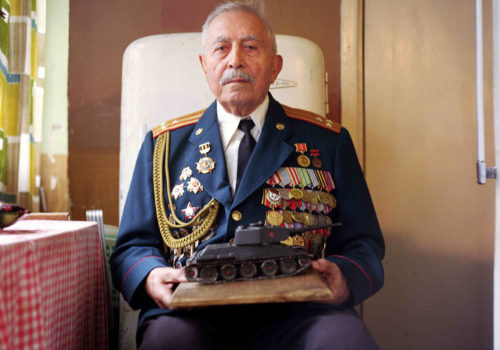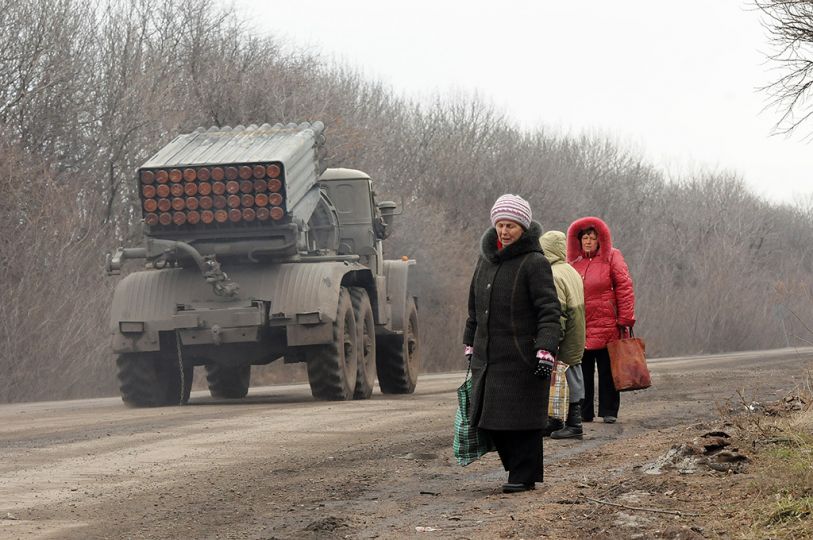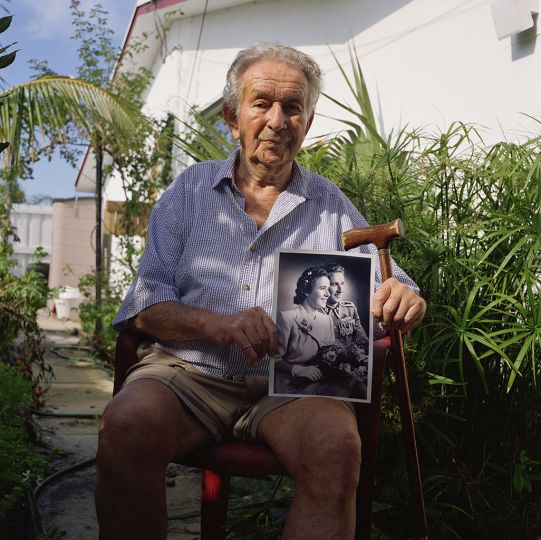In 2004 the war photographer Jonathan Alpeyrie, represented by Polaris, started a project on World War II veterans. We discover in his photographs the faces of 202 former soldiers from 59 different countries, although the Anastasia gallery is exhibiting only a dozen of them.
These photographs will soon represent the memory of those who experienced History first-hand, those who indirectly took part in the development of the modern world. The photojournalist Jonathan Alpeyrie began World War II Veterans to follow his passion he for the conflict, and for the future it shaped. “These men face the camera as they faced history ” says Alpeyrie. “They experienced something intense that members of younger generations can’t really understand.These pictures give them e new life.”
Begun in 2004 when he was based in Santa Barbara, the photographer first met with American veterans, then decided to expand his research to include veterans from several European countries. What sets this project apart from other similar projects is the number of nationalities represented: Americans, Germans, English, French, but also Armenians, Belgians, Italians, Azerbaijani and Czech. In 2007, Alpeyrie took a special interest in countries who fought with the Axis powers: “I met some members of the Waffen SS, who are very difficult to meet. It’s easy to approach an Englishman or an American, less so a Slovenian or a Belgian who fought with the SS, or a Swedish volunteer who fought the Russians under the Nazi flag.” In Zagreb, Croatia, he met survivors of the revolutionary movement Ustasa, who joined forces with the Axis powers for political reasons, as did several other anti-Communists. “It’s rare to meet them because some 50,000 were slaughtered by the Communists at the end of the war. It’s called the Bleiburg Massacre and it’s not very well known.
It took Alpeyrie more than a year to convince some of his sitters often with the help of embassies and associations.Over five years, he photographed 202 people with 59 different nationalities. The photographs are simply framed and the poses are completely natural, without the slightest sense of artifice. Some of the portraits at the Anastasia take the form of diptychs, putting two veterans from opposite camps face-to-face, veterans who might have fought against each other.
In addition to these photographs, the photographer conducted long interviews with each veterans, producing documents that contribute to the duty of remembering these men. Published here and there, Alpeyrie’s series nevertheless seek more visibility, considering the $40,000 he invested (a new example of the adversity faced by photojournalists). In the future, he hopes to turn the project into a book, which seems like a perfectly legitimate project to pay tribute to the history shared by so many. “I chose this profession and this project for historical reasons,” says Alpeyrie. “Not for the betterment of humanity, like some war photographers sometimes claim.”
Anastasia Photo specializes in Documentary Photography and Photojournalism. The gallery also serves as a center for discussion and portfolio review. To connect these photographic images and the events they depict, Anastasia Photo endows each exhibition with a related, on site, philanthropic organization. Part of the procceds from Alpeyrie’s exhibition will go towards the foundation Iraq and Afghanistan Veterans of America (IAVA).
This article is reserved for subscribed members only. If you are already a member, you can log in here below.
Subscribe for full access to The Eye of Photography archives!
That’s thousands of images and articles, documenting the history of the medium of photography and its evolution during the last decade, through a unique daily journal. Explore how photography, as an art and as a social phenomenon, continue to define our experience of the world. Two offers are available.
Subscribe either monthly for 8 euros (€) or annually for 79 euros (€) (2 months offered).


















